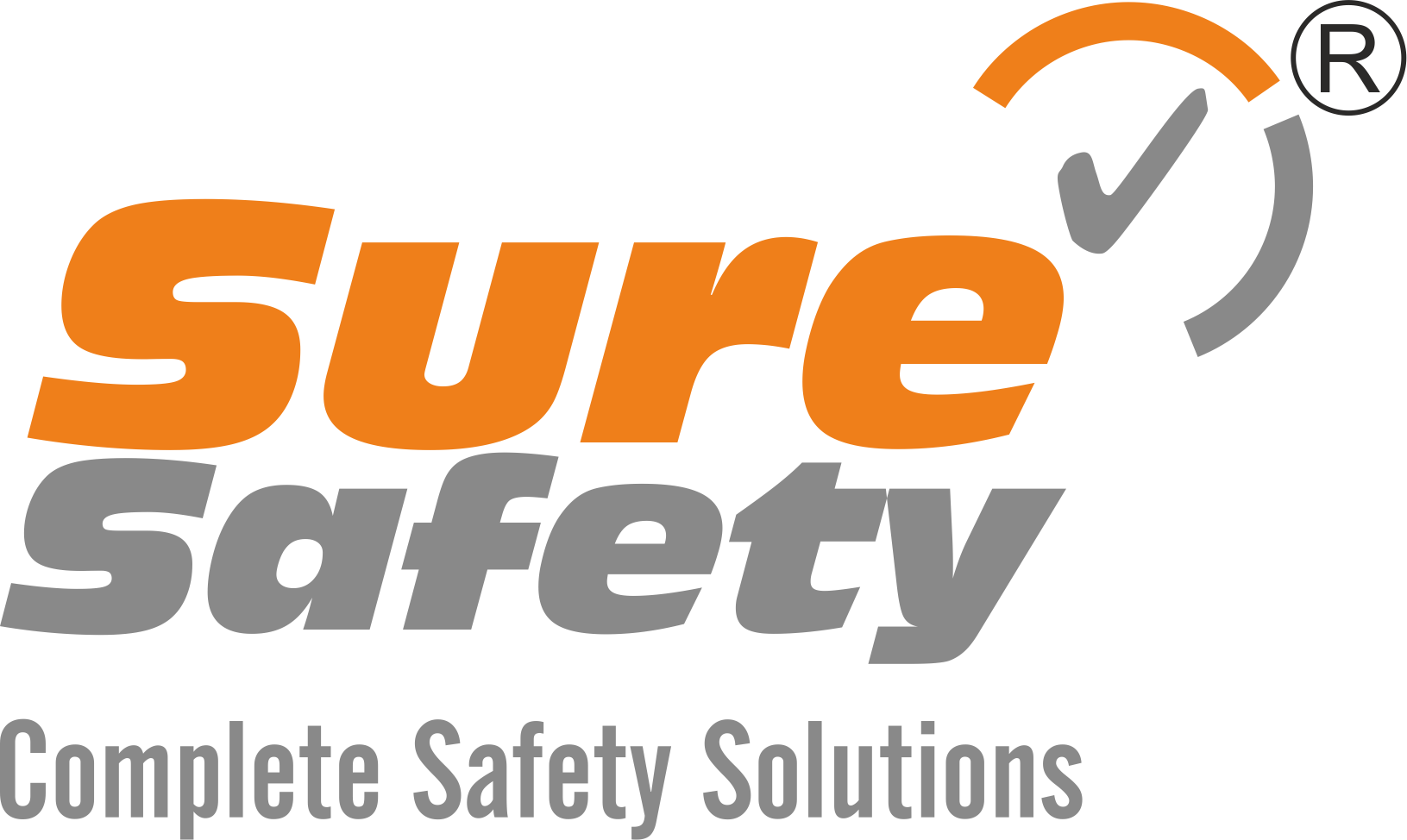Indoor Air Quality Program
Modern office buildings are generally considered safe and healthful working environments. However, energy conservation measures instituted during the early 1970's have minimized the infiltration of outside air and contributed to the buildup of indoor air contaminants. Investigations of indoor air quality (IAQ) often fail to identify any harmful levels of specific toxic substances. Often employee complaints result from items such as cigarette smoke, odors, low-level contaminants, poor air circulation, thermal gradients, humidity, job pressures, lighting, work-station design, or noise.
ACUTE HEALTH EFFECTS OF MAJOR INDOOR AIR CONTAMINANTS :
Workplace or domestic Poor Air Quality can result in the following problems.
Employee complaints can be due to two types of building problems: sick or tight building syndrome and building related illnesses.
- SICK BUILDING SYNDROME is a condition associated with complaints of discomfort including headache; nausea; dizziness; dermatitis; eye, nose, throat, and respiratory irritation; coughing; difficulty concentrating; sensitivity to odors; muscle pain; and fatigue. The specific causes of the symptoms are often not known but sometimes are attributed to the effects of a combination of substances or individual susceptibility to low concentrations of contaminants. The symptoms are associated with periods of occupancy and often disappear after the worker leaves the worksite.
- Building-related illnessesare those for which there is a clinically defined illness of known etiology and include infections such as legionellosis and allergic reactions such as hypersensitivity diseases and are often documented by physical signs and laboratory findings. A more thorough description of these illnesses can be found in the American Conference of Governmental Industrial Hygienists (ACGIH) guidelines on evaluating bioaerosols.
The following are the processes we undertake in our Indoor Air Quality Program :
- Monitoring of noxious gases
- IAQ Surveys
- IAQ Physical Parameters
Industrial Ventilation :
- Effectiveness check for Local Exhaust Ventilation and General Ventilation
- Designing of Ventilation Systems
- Air exchange rate [AER] calculation
- IAQ Physical Parameters
Deliverables :
- Air exchange rates
- AER mapping
- Effectiveness of ventilation systems
- Air quality within work areas
- Noxious contaminants levels
- Ergonomics study
- Effective communication about AER levels
- IAQ status overview / glimpse
- Recommendations for mitigation of inadequate Ventilations / indoor air quality









